
Yebisu International Festival for Art & Alternative Vi...
Joanna LigonYebisu International Festival for Art & Alternative Visions 2025 honors the Tokyo Photographic Art (TOP) Museum’s 30th anniversary with a new theme, “Docs: Images and Records”.

The Tokyo Photographic Art Museum is an art museum concentrating on photography. As the Tokyo Metropolitan Museum of Photography, it was founded by the Tokyo Metropolitan Government, and is in Meguro-ku, a short walk from Ebisu station in southwest Tokyo. The museum also has a movie theater. [Wikipedia]

Yebisu International Festival for Art & Alternative Visions 2025 honors the Tokyo Photographic Art (TOP) Museum’s 30th anniversary with a new theme, “Docs: Images and Records”.

Tokyo Photographic Art Museum (TOP Museum), formerly known as the Tokyo Metropolitan Museum of Photography, reopens its doors to the public on 3rd September 2016

The museum of photography art with ever-so-changing exhibits and themes, as well as a library devoted to famous photographers.
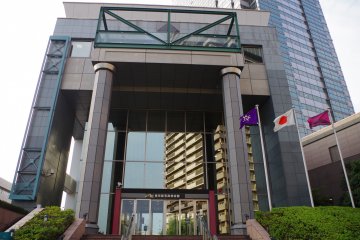
The Tokyo Photographic Art Museum in Meguro-ku exhibits the works of Japanese and international photographers.

Reopened Tokyo Photographic Art Museum's movie theater shows rare documentary films.

The 'Photo New Century Exhibition 2020' is a photography event which was started by Canon back in 1991, and it serves to help nurture and support new photographers who push the creative boundaries of photographic expression.

A special event taking place at the Tokyo Photographic Art Museum looks at the history of early Japanese photography, with a specific focus on images from the Kanto Region from 1853 until 1912.

A special exhibition taking place at the Tokyo Photographic Art Museum looks into astrophotography captured by observation satellites, planetary explorers, and space telescopes. There will be a specific focus on images captured courtesy of NASA equipment.
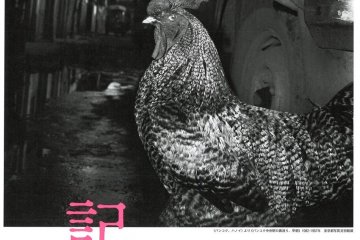
A special exhibition at the Tokyo Photographic Art Museum will look into Japanese-Thai photographer Masato Seto's work throughout his career, starting with his debut series "Bangkok, Hanoi 1982-1987", and spanning through to his most recent pieces.

Now in its 13th year, the 2021 Ebisu Video Festival explores how certain video content can truly move a viewer's emotions.

Yebisu International Festival for Art & Alternative Visions 2025 honors the Tokyo Photographic Art (TOP) Museum’s 30th anniversary with a new theme, “Docs: Images and Records”.
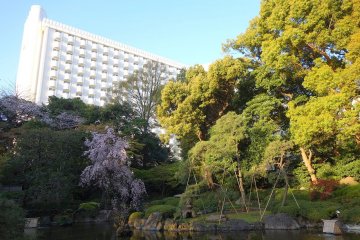
Just minutes from Shinagawa Station, the Grand Prince Hotel New Takanawa is surrounded by lush greenery in the Takanawa area, with rooms offering balcony views of the nearby gardens and the surrounding Tokyo cityscape. This urban resort features convention facilities like the Hiten banquet hall, the international Convention Center Pamir, as well as a wide variety of Japanese, Chinese and Western restaurants.

ANA Holiday Inn Tokyo Bay (previously Dai-ichi Hotel Tokyo Seafort) is a 132-room hotel that will provide visitors to Japan’s capital city with an attractive, fresh option in the midscale space. ANA Holiday Inn Tokyo Bay will join a strong portfolio of 10 ANA Holiday Inn open and pipeline hotels across Japan, and become part of the brand’s global footprint of 1,234 open hotels and 278 pipeline properties.
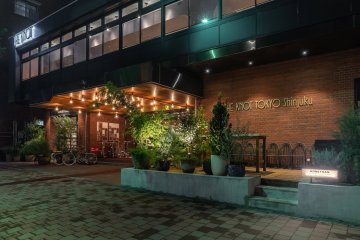
Located right next to Shinjuku Chuo Park, THE KNOT TOKYO Shinjuku is a modern hotel with an exceptional design and easy access to the nearby Shinjuku train station and the Meiji Shrine. The 14-story hotel building was renovated and reopened in August 2018 as THE KNOT TOKYO Shinjuku . The western-style rooms offer a park view on the top floor as well as a newly opened terrace suite. The spacious atrium design offers a relaxed atmosphere and connects the restaurant, bar, lounge and lobby with one another. One of the highlights of THE KNOT is the delicious dishes. There are six areas in which food and drinks are offered. From the grill area to high-quality black tea and fresh bread, everything is on offer.
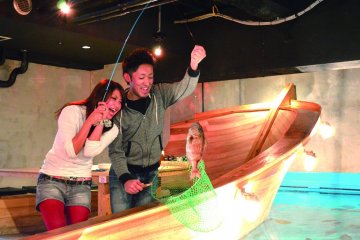
There is a restaurant right in front of the Meguro station where you can eat your own fish. All kinds of Japanese dishes and fresh seafood are also served. In some pools inside the restaurant you can catch your own fish with a fishing rod and net and then let the staff know which table it should be brought to. You can watch the fish being prepared in the kitchen and let you know in advance how the fish should be prepared: whether as sashimi, grilled, boiled, deep-fried (with tempura) or as sushi. If you don't manage to catch your own fish, then you can of course order a fish from the menu. However, the price is much lower if you want to have your own catch cooked .

In the Highball Bar Sunny Side 1923 in Gotanda Shinagawa, guests enjoy freshly tapped beers and, in addition to a dinner menu, of course, highballs are offered. These consist of a basic spirit and, for example, soda water or ginger ale. They can also contain other ingredients and are extremely popular in Japan. The menu is also available in English, so that even foreign-speaking visitors will have no problems enjoying a relaxing evening. The bar offers 26 seats and 30 standing places and children are also welcome. The bar also offers a very special bonus with its own room for small private groups. Users of Japanese mobile phone networks are given the opportunity to use high-speed WiFi from the providers Softbank, NTT Docomo or AU.

This ramen restaurant was founded in 1985 in Hakata, the birthplace of ramen. Its taste has won a following among foreigners and it has expanded abroad. Shiromaru Classic and Akamaru Modern have been popular since they were first launched in 1996;
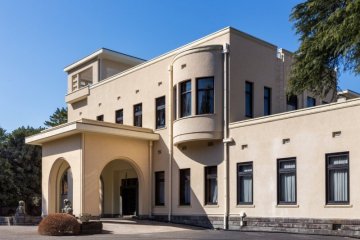
Tokyo Metropolitan Teien Art Museum, located in Minato City, is renowned for its Art Deco architectural style. The structure was originally built in 1933 as a home for Prince Asaka, who, after spending time abroad in France and the United States, requested that it be designed in the popular 1930’s style. Famous French artist Henri Rapin designed the mansion’s interior, and glass designer and jeweler René Lalique created the decorative glasswork in the front entrance hall, as well as the chandeliers. The building was converted into the Tokyo Metropolitan Teien Art Museum in 1983 and was designated as an Important Cultural Property in 2015. Aside from the structure itself, the museum is home to a number of continuously changing exhibitions that feature jewelry, sculptures, fashion, home decor, and contemporary art. In 2014, a cafe, a museum shop, and additional exhibition spaces were added. The museum’s artistry continues outside with its immaculately landscaped gardens. The grounds contain both Japanese- and Western-style gardens, complete with seasonal flowers, ponds, and sculptures. The area is also home to a teahouse. When the museum installs a new exhibition, the main building and annex are closed, but the gardens remain open.
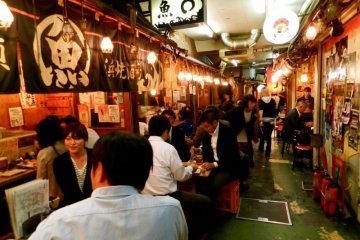
Ebisu Yokocho is a street full of izakaya, pubs and bars near Ebisu Station. It is one stop from Shibuya. The local izakayas, Japanese pubs that also serve food, are particularly popular with the locals who live nearby work and stop by for a drink. Yokocho Alleys were originally local marketplaces during the post-WWII reconstruction phase. They are extremely popular for their quaint atmosphere, authentic food and good drinks. Ebisu Yokocho offers a wide range of dishes: Yakitori skewers, autumn oden stands, fresh fish, mushroom specialties and full-bodied wine. This is a fantastic place to ring in the evening and make new friends as visitors sit close together. Moving on from Izakaya to Izakaya is also common in order to experience a particularly rich variety.

This theater was rebuilt in 1955 as the theater for the Kita-ryu School, a prestigious Noh school that has been active since the Edo period. Before that, the stage was destroyed by the great Kanto earthquake of 1923 and a second time Destroyed in the great air raid on Tokyo in 1945 after it had already been rebuilt once. Highly skilled actors and musicians work together to recreate the supernatural and magical stories of the classic Noh dramas. Filled with spirits, demons, and monsters, Noh is a strictly codified discipline that depicts the life of the Japanese between the 12th and 16th centuries. Magnificent robes and masks make this experience something very special. The traditional pieces listed are in Japanese, but you will receive a detailed summary in English to read in advance, as well as further information about the Noh, so that you can simply enjoy the theater visit perfectly prepared.